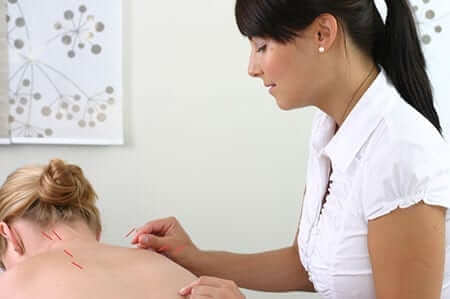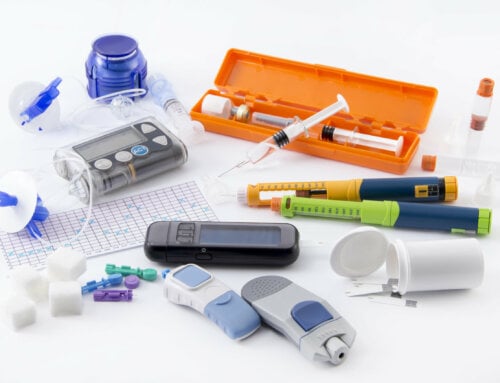An increasing number of diabetes patients are getting relief by adding alternative medical therapies such as acupuncture. When combined with traditional medical procedures, acupuncture can be helpful for people with diabetes. Find out more about acupuncture and diabetes and the effects of this alternative treatment.
- During acupuncture, a practitioner inserts thin needles into certain pressure points on the skin. Researchers have found acupuncture may trigger natural painkillers in the body. It can provide relieve from chronic pain including neuropathy, the painful nerve damage associated with diabetes. Because the needles are very thin the patient does not feel pain when they are inserted. After a treatment a patient might feel instantly relaxed and relieved.
- Diabetes is caused due to a dysfunction of the pancreas as the body cannot produce or properly use insulin. Acupuncture may lower the release of pancreatic secretions and help reduce blood glucose levels. Acupuncture may also be used to minimize your urge to over eat and drink.
- Acupuncture can be used to enhance blood flow and improve circulation. This is important for people with diabetes who are more prone to circulatory problems, heart disease, and stroke. Ongoing treatment may help regulate vascular peripheral resistance and help reduce atherosclerosis of the legs.
- People with diabetes may have increased pain as well as feelings of fatigue or depression. Acupuncture has antioxidant effects and induces the excretion of endogenous beta-endorphins. This can help boost your immune system, elevate your pain threshold as well as make you feel happier and more energetic.
- Acupuncture is part of a group of alternative therapies that are not considered to be a part of conventional medicine. Other alternative therapies may include mental conditioning, yoga, aromatherapy, relaxation exercises, herbal remedies, massage, chiropractic treatments, and guided imagery. Some of these treatments can be helpful in treating the symptoms of diabetes while others may be ineffective or harmful. Always consult with your regular health care team before beginning any type of alternative therapy. Never stop using your regular medications.
- If you and your doctor agree to any type of alternative therapy such as acupuncture, make sure to keep track of your blood sugar levels. Use a blood glucose meter to keep track of your progress and report the results to your health care team. Alternative therapies are not a substitute for a healthy diet, regular exercise, and prescribed treatments such as insulin or other medications. Continue to administer medications in accordance with the instructions provided by your doctor. Maintain a healthy weight. Steer clear of sugary or salty snacks. Opt for low-fat dairy, fruits, vegetables, whole grains, and lean meats and fish. Exercise for at least 30 minutes, 5 days a week.
Acupuncture may provide relief and increased well-being to people who have diabetes but is not a substitute for conventional medical treatment. Talk to your medical doctor about alternative therapies and whether they are right for you. The combination of alternative therapies such as acupuncture with conventional medicine could be a winner for you.







Leave A Comment